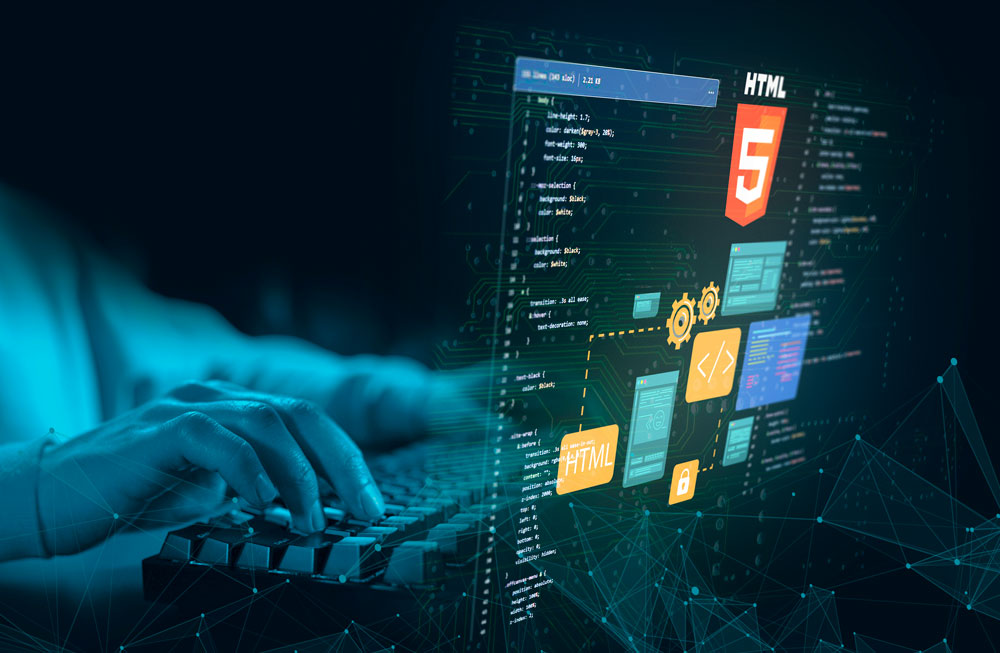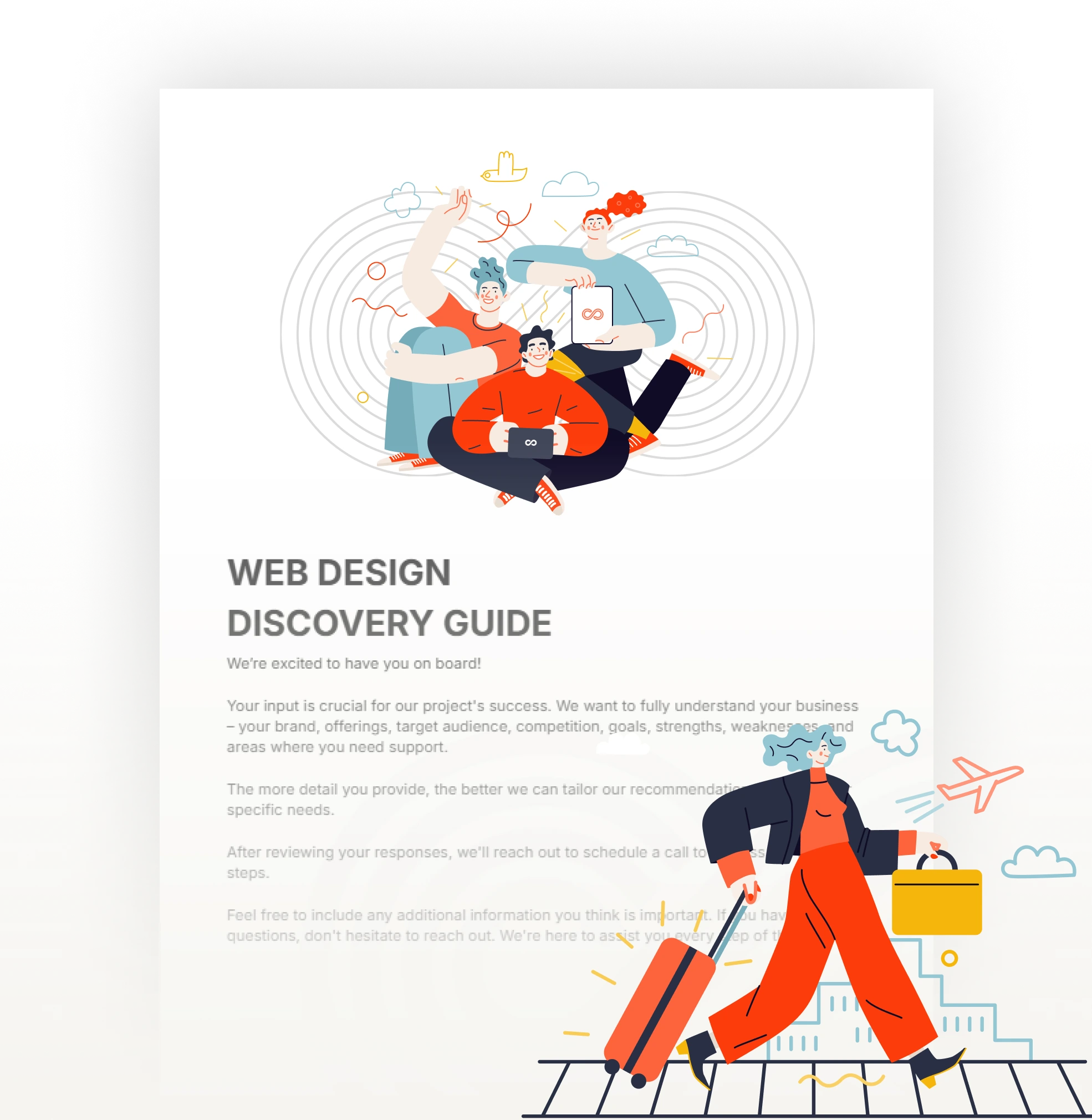Innovative Aligned Position Web Design: Future-Proof Websites for Businesses in Every Niche
Innovative Aligned Position Web Design: Future-Proof Websites for Businesses in Every Niche
Blog Article
The Very Best Kinds Of Web Style to Boost Individual Experience and Involvement
In the ever-evolving landscape of electronic communication, the efficiency of Web design significantly impacts customer experience and engagement. Numerous style techniques, such as minimalist, responsive, and interactive designs, each offer one-of-a-kind advantages that can cater to varied individual requirements.
Minimal Website Design
As digital landscapes end up being increasingly messy, minimalist Web style has become a powerful technique to improving user experience. This design philosophy focuses on simpleness, concentrating on vital components while eliminating unneeded distractions. By making use of ample white room, simple navigation, and a minimal shade combination, minimalist layout promotes quality and guides individual attention to vital web content.
The core concept of minimal Web layout is to create a seamless communication for users. By reducing cognitive load, individuals can promptly comprehend info without really feeling overwhelmed. This direct strategy not only boosts use yet likewise motivates involvement, as site visitors are more probable to discover a website that is simple and visually enticing to browse.
Additionally, minimal layout frequently highlights typography and imagery, utilizing these aspects purposefully to convey messages efficiently. This concentrate on vital parts can improve brand identity and create a memorable customer experience. Basically, minimalist Web style is not simply a fad; it is a thoughtful methodology that identifies the relevance of user-centered design. By removing supplementary components, developers can produce a more engaging, efficient, and enjoyable Web experience for all users.
Responsive Web Layout
In today's diverse electronic environment, receptive Web design has actually come to be essential for producing a smooth user experience across a multitude of gadgets. As customers access websites on smartphones, desktop computers, tablets, and laptops, the capability of an internet site to adapt its format and material to different display dimensions and resolutions is essential.
Receptive Web style employs adaptable grids, pictures, and CSS media questions to ensure that Web material exists optimally, no matter the tool used. This strategy not just improves the aesthetic allure of a site yet additionally dramatically improves functionality. Users are most likely to involve with a website that offers a consistent experience, as it removes the aggravation of needing to zoom in or scroll exceedingly.
By taking on responsive style, businesses can enhance their presence and get to a wider target market. In summary, receptive Web layout is an essential technique that enhances individual experience, involvement, and overall satisfaction.
Interactive Website Design
Receptive Web design lays the foundation for boosting customer experience, but interactive website design takes this an action even more by engaging users in a more dynamic method - Aligned Position Web Design. By including components such as animations, clickable models, and real-time responses, interactive website design captivates users, drawing them right into a richer browsing experience
This approach not just promotes interaction however also urges users to explore content proactively instead than passively consuming it. Strategies such as gamification, where customers gain incentives for finishing jobs, can significantly improve the moment invested on a website and enhance general contentment. In addition, interactive attributes can streamline intricate details, making it a lot more absorbable and enjoyable.

Including interactive style components can also cause greater conversion rates, as individuals are much more most likely to engage with a site that proactively entails them. Aligned Position Web Design. Ultimately, interactive Web design transforms customer experiences right into memorable journeys, making certain that visitors return time and once more
Flat Style
Identified by its minimalistic strategy, flat style stresses simpleness and capability, removing unneeded components and concentrating on vital functions. This style ideology focuses on functionality, making certain that customers can browse user interfaces effortlessly and performance. By using a tidy visual, level style gets rid of the clutter typically discovered in much more ornate styles, thus boosting customer concentrate on material and performance.
The characteristic of level style hinges on its use vibrant colors, straightforward typography, and geometric forms. These aspects add to a visually attractive user interface that is both friendly and contemporary. Additionally, level style cultivates a feeling of clearness, enabling users to recognize necessary actions and info without diversion.
Moreover, level design is especially effective in receptive Web design, as its simplicity equates well throughout various devices and display sizes. By focusing on vital features, flat style not just fulfills customer requirements however also encourages smooth interaction, making it an important element of More hints reliable Web design techniques.
Adaptive Web Layout
Flexible website design tailors the customer experience by creating several dealt with formats customized to various screen sizes and tools. Unlike responsive style, which fluidly readjusts a solitary format, flexible style uses distinct layouts for particular breakpoints, making sure ideal discussion on different platforms. This method allows designers to concentrate on the unique qualities of each device, over here improving use by supplying specifically what individuals need based on their context.
One of the primary benefits of adaptive Web layout is its capacity to maximize tons times and performance. By offering customized web content and pictures that fit the user's device, websites can minimize information use and improve loading rates. This is especially useful for individuals with slower connections or minimal information strategies.

Furthermore, adaptive layout helps with a much more constant and controlled branding experience. Since developers develop multiple designs, they can make certain that the my website visual aspects straighten with the brand's identity across various systems - Aligned Position Web Design. This causes a cohesive individual experience, enhancing interaction and advertising user retention
Final Thought
To conclude, the integration of minimalist, responsive, and interactive Web style concepts dramatically enhances user experience and interaction. Minimalist style promotes quality and emphasis, while receptive layout ensures adaptability across numerous tools, advertising access. Interactive design captivates users through dynamic elements, encouraging exploration and personalization. Collectively, these design approaches contribute to the production of user-friendly environments that not only boost satisfaction but also drive greater conversion prices, emphasizing their essential relevance in modern website design techniques.

Minimalist design fosters quality and emphasis, while receptive layout ensures adaptability across various devices, promoting ease of access. Collectively, these style comes close to contribute to the development of easy to use atmospheres that not only boost complete satisfaction yet likewise drive greater conversion rates, highlighting their vital value in contemporary Web layout approaches.
Report this page